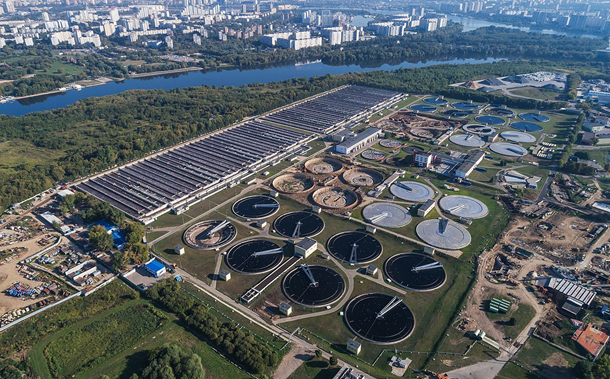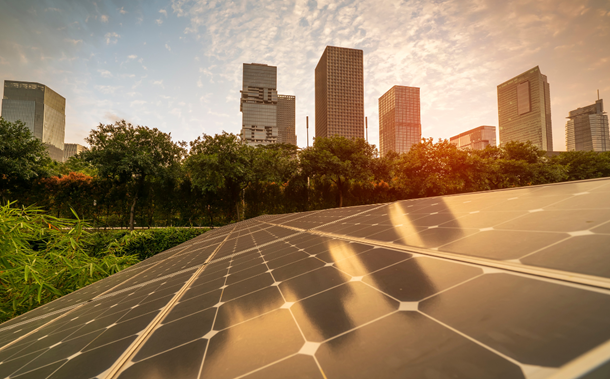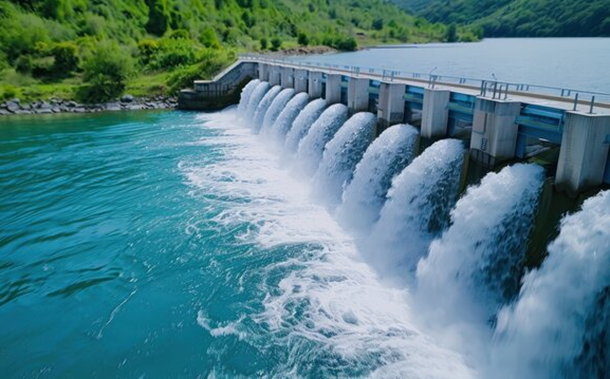Experimental Evaluation of Geopolymer Concrete Strength Using Sea Sand and Sea Water in Mixture
Downloads
Doi:10.28991/CEJ-2022-08-08-03
Full Text:PDF
Downloads
[2] Priyadharshini, P., Ramamurthy, K., & Robinson, R. G. (2018). Sustainable reuse of excavation soil in cementitious composites. Journal of Cleaner Production, 176, 999–1011. doi:10.1016/j.jclepro.2017.11.256.
[3] Agrawal, U. S., Wanjari, S. P., & Naresh, D. N. (2019). Impact of replacement of natural river sand with geopolymer fly ash sand on hardened properties of concrete. Construction and Building Materials, 209, 499–507. doi:10.1016/j.conbuildmat.2019.03.134.
[4] Nishida, T., Otsuki, N., Ohara, H., Garba-Say, Z. M., & Nagata, T. (2015). Some Considerations for Applicability of Seawater as Mixing Water in Concrete. Journal of Materials in Civil Engineering, 27(7). doi:10.1061/(asce)mt.1943-5533.0001006.
[5] Mohammed, T. U., Hamada, H., & Yamaji, T. (2004). Performance of seawater-mixed concrete in the tidal environment. Cement and Concrete Research, 34(4), 593–601. doi:10.1016/j.cemconres.2003.09.020.
[6] Wegian, F. M. (2010). Effect of seawater for mixing and curing on structural concrete. IES Journal Part A: Civil & Structural Engineering, 3(4), 235–243. doi:10.1080/19373260.2010.521048.
[7] Wang, A., Zheng, Y., Zhang, Z., Liu, K., Li, Y., Shi, L., & Sun, D. (2020). The Durability of Alkali-Activated Materials in Comparison with Ordinary Portland Cements and Concretes: A Review. Engineering, 6(6), 695–706. doi:10.1016/j.eng.2019.08.019.
[8] Mehta, A., & Siddique, R. (2017). Sulfuric acid resistance of fly ash based geopolymer concrete. Construction and Building Materials, 146, 136–143. doi:10.1016/j.conbuildmat.2017.04.077.
[9] Kong, D. L., & Sanjayan, J. G. (2008). Damage behavior of geopolymer composites exposed to elevated temperatures. Cement and Concrete Composites, 30(10), 986-991. doi:10.1016/j.cemconcomp.2008.08.001.
[10] Davidovits, J. (1984). Synthetic mineral polymer compound of the Silicoaluminates family and preparation process. United States Patent, Patent number: 4,472,199, 1-12, United States.
[11] Palomo, A., Grutzeck, M. W., & Blanco, M. T. (1999). Alkali-activated fly ashes: A cement for the future. Cement and Concrete Research, 29(8), 1323–1329. doi:10.1016/S0008-8846(98)00243-9.
[12] Gourley, J. T. (2003). Geopolymers; opportunities for environmentally friendly construction materials. International Conference and Exhibition on Adaptive Materials for a Modern Society, Institute of Materials Engineering Australia, 1-3 October, 2003, Sydney, Australia.
[13] Xu, H., & Van Deventer, J. S. J. (2000). The geopolymerisation of alumino-silicate minerals. International Journal of Mineral Processing, 59(3), 247–266. doi:10.1016/S0301-7516(99)00074-5.
[14] Saranya, T., Ambily, P.S., Raj, B. (2020). Studies on the Utilization of Alternative Fine Aggregate in Geopolymer Concrete. Proceedings of SECON. Lecture Notes in Civil Engineering, Springer, Cham, Switzerland. doi:10.1007/978-3-030-26365-2_78.
[15] Etxeberria, M., Fernandez, J. M., & Limeira, J. (2016). Secondary aggregates and seawater employment for sustainable concrete dyke blocks production: Case study. Construction and Building Materials, 113, 586–595. doi:10.1016/j.conbuildmat.2016.03.097.
[16] Yang, S., Xu, J., Zang, C., Li, R., Yang, Q., & Sun, S. (2019). Mechanical properties of alkali-activated slag concrete mixed by seawater and sea sand. Construction and Building Materials, 196, 395–410. doi:10.1016/j.conbuildmat.2018.11.113.
[17] Li, Y. L., Zhao, X. L., Singh Raman, R. K., & Al-Saadi, S. (2018). Thermal and mechanical properties of alkali-activated slag paste, mortar and concrete utilising seawater and sea sand. Construction and Building Materials, 159, 704–724. doi:10.1016/j.conbuildmat.2017.10.104.
[18] Shinde, B. H., & Kadam, K. N. (2016). Strength properties of fly ash based geopolymer concrete with sea sand. American Journal of Engineering Research, 5(7), 129-132.
[19] Cui, Y., Gao, K., & Zhang, P. (2020). Experimental and statistical study on mechanical characteristics of geopolymer concrete. Materials, 13(7). doi:10.3390/ma13071651.
[20] Anbarasan, I., & Soundarapandian, N. (2020). Investigation of mechanical and micro structural properties of geopolymer concrete blended by dredged marine sand and manufactured sand under ambient curing conditions. Structural Concrete, 21(3), 992-1003. doi:10.1002/suco.201900343.
[21] Pham, T. T., Nguyen, T. T., Nguyen, L. N., & Nguyen, P. V. (2020). A neural network approach for predicting hardened property of geopolymer concrete. International Journal of GEOMATE, 19(74), 176–184. doi:10.21660/2020.74.72565.
[22] Charkhtab Moghaddam, S., Madandoust, R., Jamshidi, M., & Nikbin, I. M. (2021). Mechanical properties of fly ash-based geopolymer concrete with crumb rubber and steel fiber under ambient and sulfuric acid conditions. Construction and Building Materials, 281, 122571. doi:10.1016/j.conbuildmat.2021.122571.
[23] Nguyen, T. T., Tung, P. T., & Hossain, K. (2021). Evaluation of modulus of elasticity for eco-friendly concrete made with seawater and marine sand. Journal of Science and Technology in Civil Engineering (STCE) - HUCE, 15(4), 148–156. doi:10.31814/stce.huce(nuce)2021-15(4)-13.
[24] Staley, Z. R., Tuan, C. Y., Eskridge, K. M., & Li, X. (2021). Using the heat generated from electrically conductive concrete slabs to reduce antibiotic resistance in beef cattle manure. Science of the Total Environment, 768, 144220. doi:10.1016/j.scitotenv.2020.144220.
[25] TCVN 7572-2. (2006). Aggregates for Concrete and Mortar–Test Methods-Part 2: Determination of Particle Size Distribution. Ministry of Science and Technology, Hanoi, Vietnam. (In Vietnamese).
[26] TCVN 3105. (1993). Heavyweight concrete compound and heavyweight concrete - Sampling, making and curing of test specimens. Ministry of Science and Technology, Hanoi, Vietnam. (In Vietnamese).
[27] TCVN 3118. (1993). Heavyweight concrete - Method for determination of compressive strength. Ministry of Science and Technology, Hanoi, Vietnam. (In Vietnamese).
[28] TCVN 8218 (2009), Hydraulic concrete – Technical requirements. Ministry of Science and Technology, Hanoi, Vietnam. (In Vietnamese).
[29] Hassan, A., Arif, M., & Shariq, M. (2020). A review of properties and behaviour of reinforced geopolymer concrete structural elements- A clean technology option for sustainable development. Journal of Cleaner Production, 245, 118762. doi:10.1016/j.jclepro.2019.118762.
- Authors retain all copyrights. It is noticeable that authors will not be forced to sign any copyright transfer agreements.
- This work (including HTML and PDF Files) is licensed under a Creative Commons Attribution 4.0 International License.![]()














